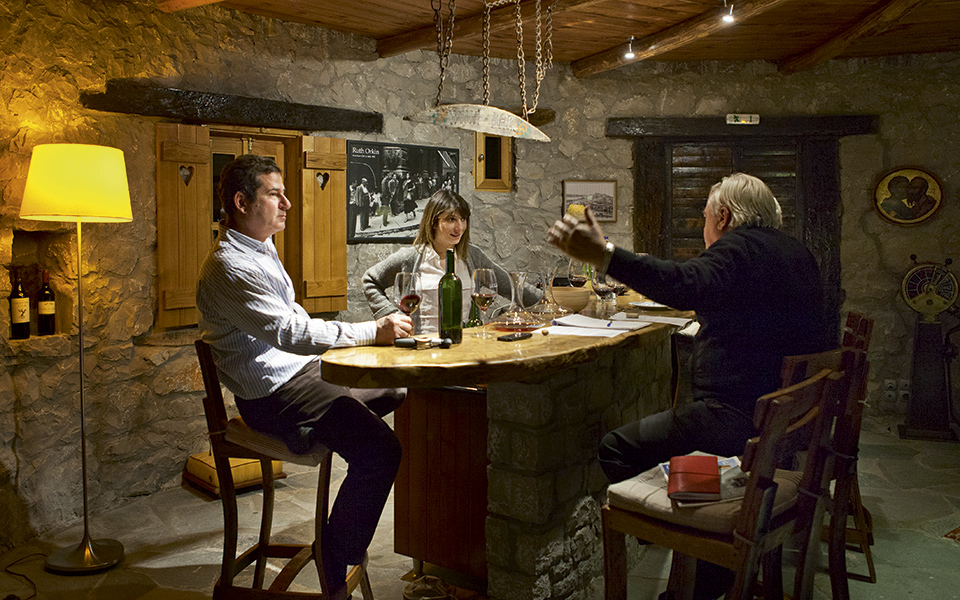The pulse of the country’s wine industry beats fast in its heartland in Central Greece: from Thessaly in the north, Mainland Greece in the center, Attica and the island of Evia in the east, and Aetoloakarnania in the west, this large area is home to one-fourth of the country’s vineyards. Perhaps they are here by divine destiny: according to at least one version of the myth, it was in Central Greece, in the city of Thebes (present-day Thiva), that Dionysus, the Greek god of wine and vine, was born. On the other hand, it might just be a winning combination of climate and land.
Most of the vineyards of Central Greece are located on plains where the weather tends to be hot and dry, although there are quite a few at higher altitudes on hilly land, benefitting from cooler temperatures and breezes. Throughout this area, the soil is mainly clay loam. As a result of the diverse topography shaped by the region’s several mountain ranges, there is a variety of mesoclimates.
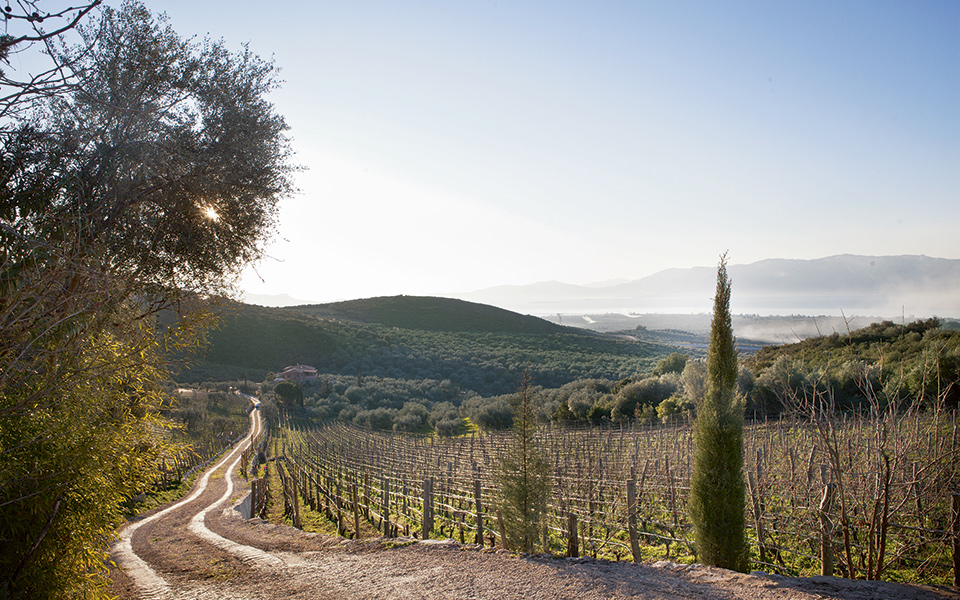
© Sofia Papastrati
Known as the breadbasket of Greece thanks to its fertile plain, Thessaly has given us three wine zones with Protected Designation of Origin (PDO): the up-and-coming Rapsani, the lesser-known Mesenikola (reds) in Karditsa, and Anchialos (whites) in Magnesia. At an altitude of 700 meters in Krania on the slopes of Mount Olympus, the region’s highest vineyards are doing excellent work with well-adapted foreign grape varieties, Cabernet Sauvignon and Chardonnay in particular. At Tyrnavos in Larissa, Christos Zafeirakis has made strides with the red Limniona variety, a candidate for promising things in the future.
Heading south, we come to the valley of Atalanti in Fthiotida, which has proven fertile ground in past decades for foreign reds from Cabernet Sauvignon and Cabernet Franc, but also for native varieties such as Assyrtiko and Xinomavro. It is here that the Hatzimichalis family wrote one of the brightest chapters in Greece’s winemaking history; today, newer wineries with courage and character are adding their own pages to this ancient book. Meanwhile, in the Valley of the Muses in neighboring Viotia, another grape is attracting interest: Mouchtaro, a red with intense fruity aromas.
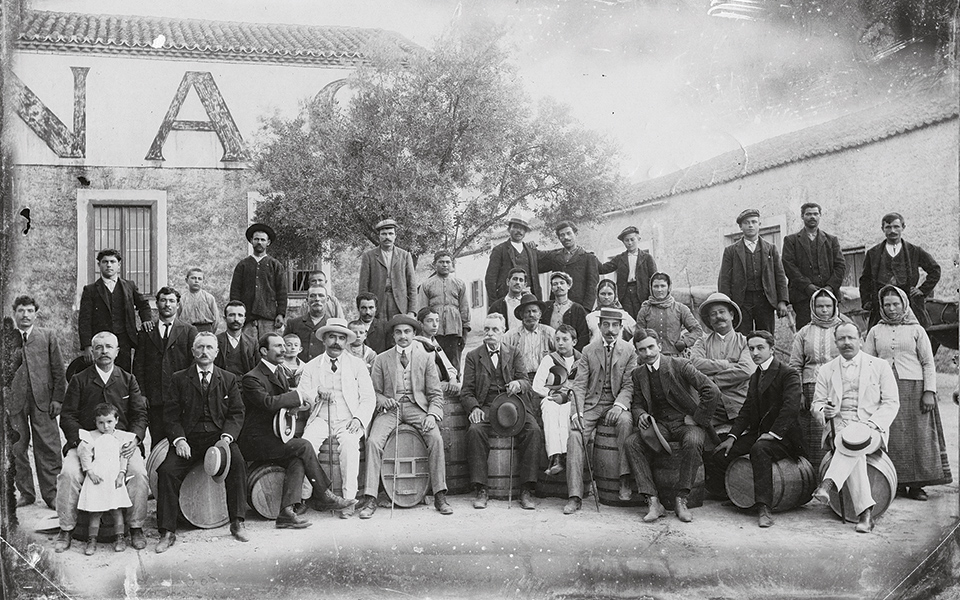
© Cambas Archive
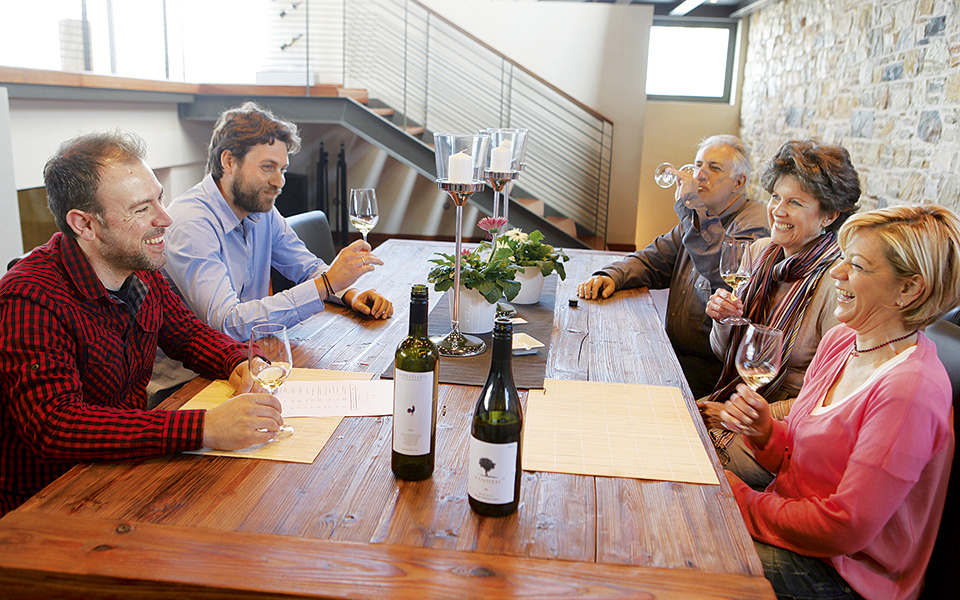
© Katerina Kampiti

Located at the southeastern edge of Central Greece and home to the Greek capital, the region of Attica has been making modern wine history since 1882, when patriatch Andreas Cambas established the family winery. His enterprise soon became the first in the country to make use of modern technology and of the know-how of experts in the field, including geologists, chemists and tasters.
In 1935, the winery began selling Cava Cambas, Greece’s first aged wine, made exclusively of free-run juice Savatiano that was matured in horizontal position in wax-sealed bottles for eight years before being released on the market. The seat of the Cambas winery, Kantza, even managed to acquire a designation of origin, albeit for a few years. Attica no longer has any PDO zones and its most popular variety, Savatiano, is prolific all over Greece. It is a high-yield grape that has adapted extremely well to the mesoclimate of Attica’s Mesogeia Plains, where it has managed to yield good quality vintages, thanks to the calcium-rich soil, from vines that are as much as 60 years old.
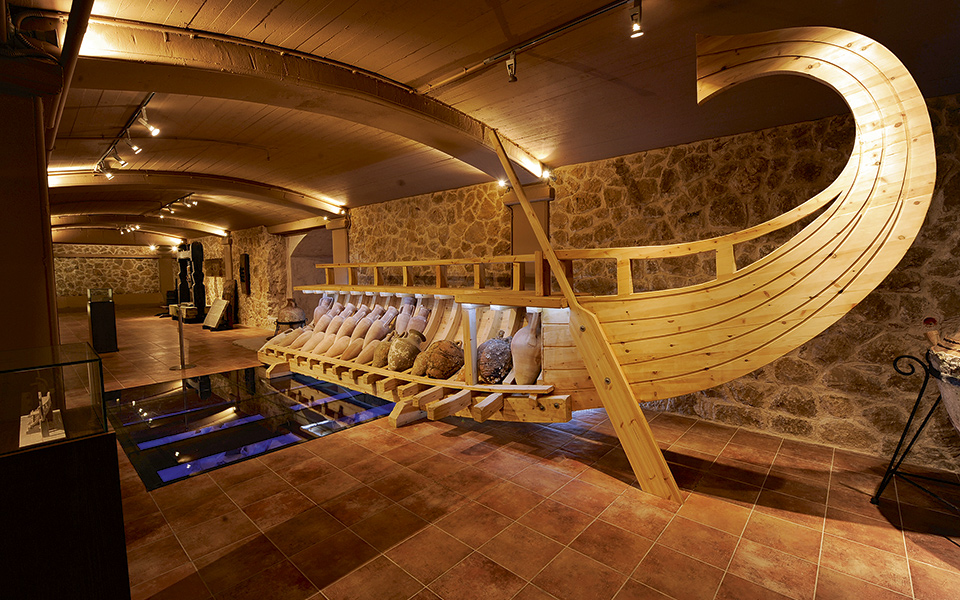
© Vaggelis Zavos
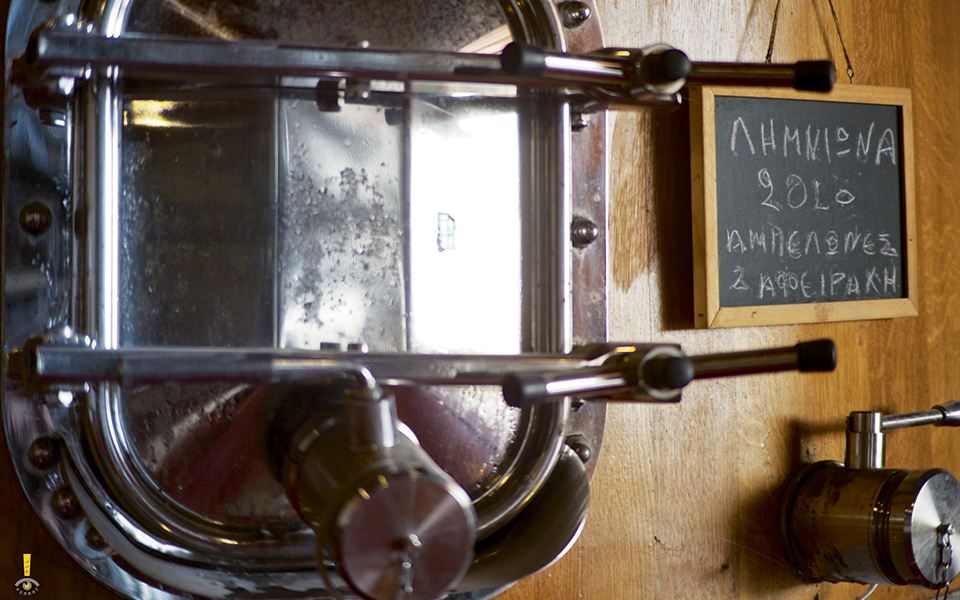
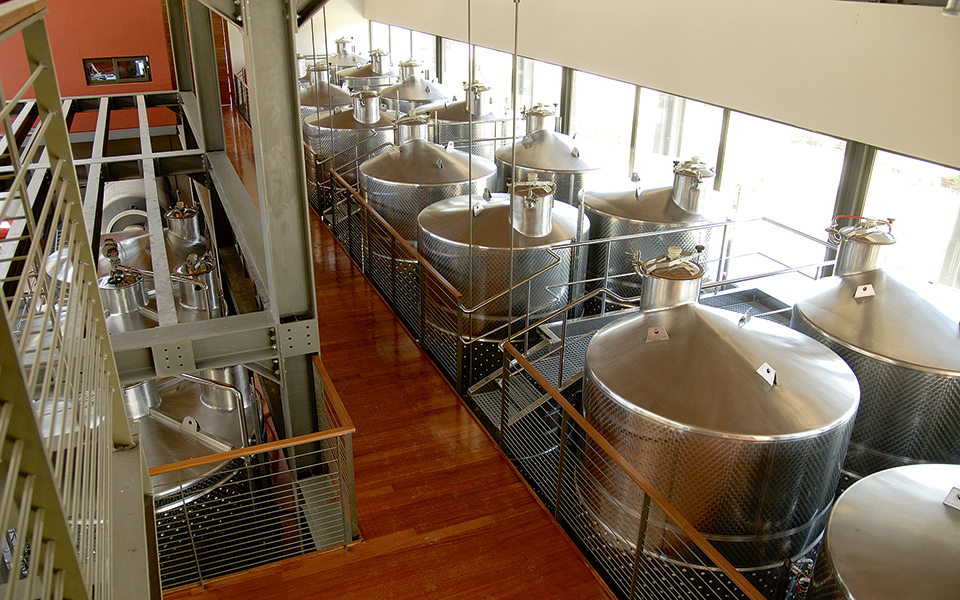
Retsina has also traditionally played a starring role in Attica and after a rather longish slump, its quality is improving significantly; winemakers are producing wines where the resin is allowed to make only a discreet appearance so as not to overwhelm the fruit. Cheap retsina, on the other hand, remains quite terrible, so it is always wiser to opt for the premium stuff in order to enjoy a truly authentic Greek wine. I am quite confident that if retsina is classified beyond geographical boundaries and is allowed to speak for itself through its style, technique and quality, it will go on to great things once more and give Greek wine a significant push forward in foreign markets.
Evia, the second largest island in Greece and sixth largest in the Mediterranean, is located northeast of Attica. Its northern shores are lapped by the Aegean Sea, while its main town, Halkida, is located on its west coast, at the point of closest proximity to the mainland. Thanks to its mild climate and the benefits of sea breezes, Evia’s wine industry favors both native and foreign varieties. Syrah has been especially successful here and has give us some of the finest Greek examples of the variety, with a strong peppery character, great concentration and good aging potential. The island’s Malagousia, Assyrtiko and Sauvignon Blanc varieties are also worth seeking out.
“Retsina has also traditionally played a starring role in Attica and after a rather longish slump, its quality is improving significantly.”
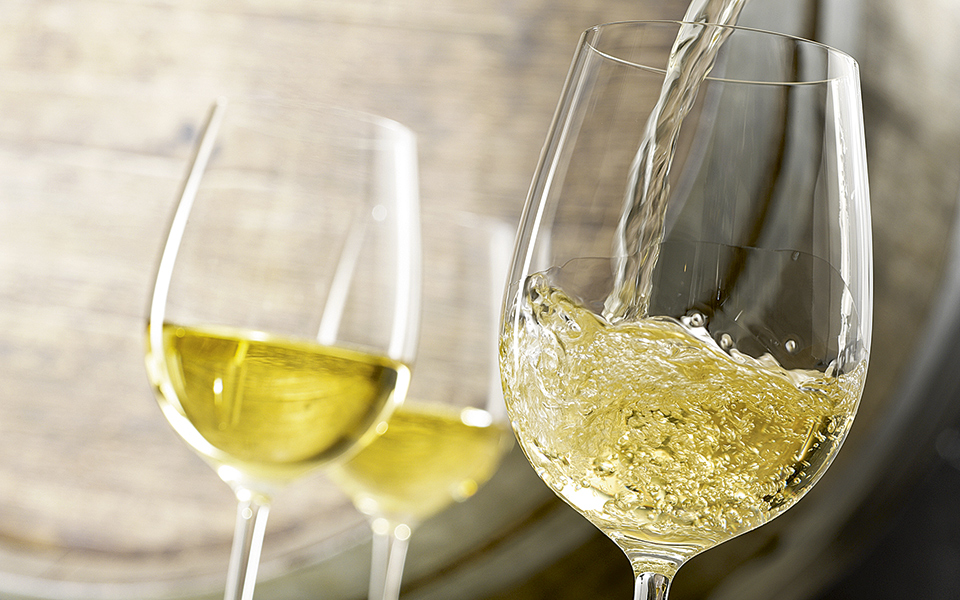
© Getty Images
THE GREAT GRAPE | SAVATIANO
With around 10,000 hectares under cultivation, Savatiano (Sa va tya no’) is the most prolific variety in Greece; it is the wine industry’s workhorse. While it was traditionally used to make retsina, it has shown that it can also yield respectable unresinated whites in favorable mesoclimates like that of the Mesogeia Plains. Here, we find vines planted in limestone, which is rare in Greece, bush-trained and not irrigated so as to limit the variety’s productive capacity but safeguard its quality. Savatiano can stand up to drought conditions and yield wines that have a discreet color, and a fruity and aromatic nose full of citrus and peach. In the mouth, it is fresh and never sharp, with medium body and a smooth finish. Some vintages age extremely well; it is a relatively neutral variety, so barrel-maturation lends it aromatic complexity as well as an interesting oily textures.
PAIRINGS
Savatiano
Fried vegetables like zucchini, chicken or pork roast with potatoes and rosemary
Roditis
Fried fish, mild cheeses
Syrah
Barbequed meats
Cabernet blend
Prime ribs
Retsina
Ethnic cuisines, light foods, meze and tapas, sushi

